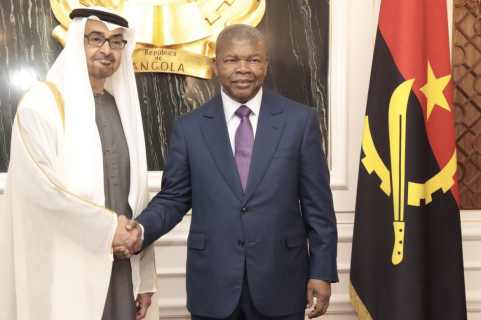Silence to Listen with Intention
The basis of true communication is listening. And true listening requires silence—both external and internal. A leader who listens communicates, even in silence. He says, "What you say matters." He shows respect, availability, and openness.
"Leading with silence is listening with intention."
In an environment where everyone wants to be heard, listening attentively has become a revolutionary act.
Pausing as a Leadership Strategy
Responding quickly is not always a sign of competence. Sometimes, it's just reflexive.
The strategic pause—that moment when you breathe before responding—conveys balance, mastery, and respect for the complexity of what's at stake.
In contexts of pressure or conflict, silence can be the best way to manage perceptions and avoid noise. It's in this pause that a thoughtful response is born, not an impulsive reaction.
Silence also influences
Communication isn't just about words. It's about presence, expressions, posture, and intention.
Some leaders inspire more in silence than others in long speeches. Silence forces attention, generates productive tension, and imposes presence.
In a dialogue, it can provoke reflection. In a negotiation, it can generate an advantage. And in a team, it can be the space someone needs to express themselves.
Conclusion
Silence is undervalued, but it is one of the most sophisticated tools of communication leadership.
In a time of information overload, those who know when to be silent have more impact than those who talk all the time.
"Not everything needs to be said. But everything needs to be understood."
Silence is not omitting. It is creating space. To listen. To think. To act clearly.
And that, dear reader, is communicating intelligently.








